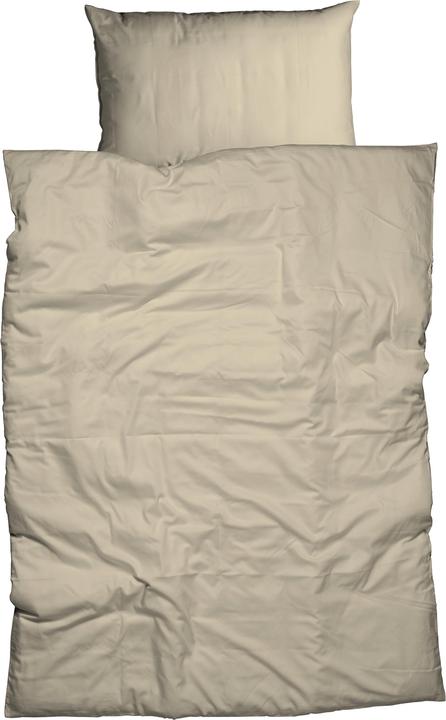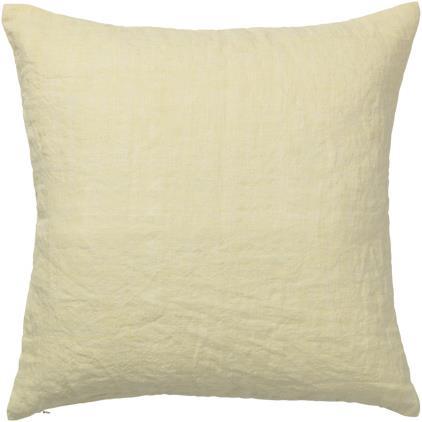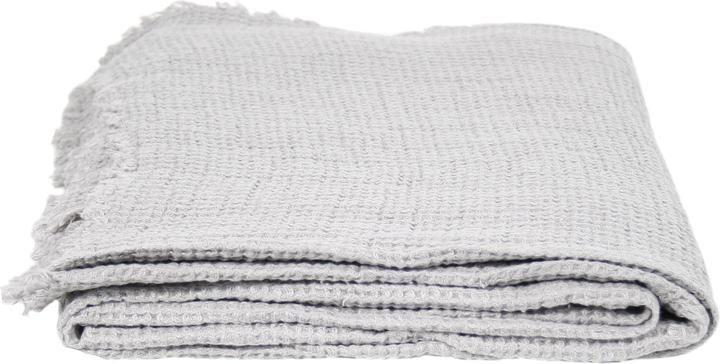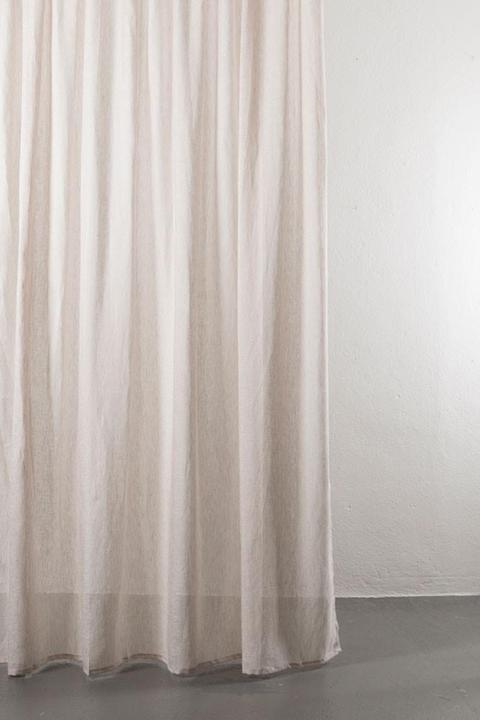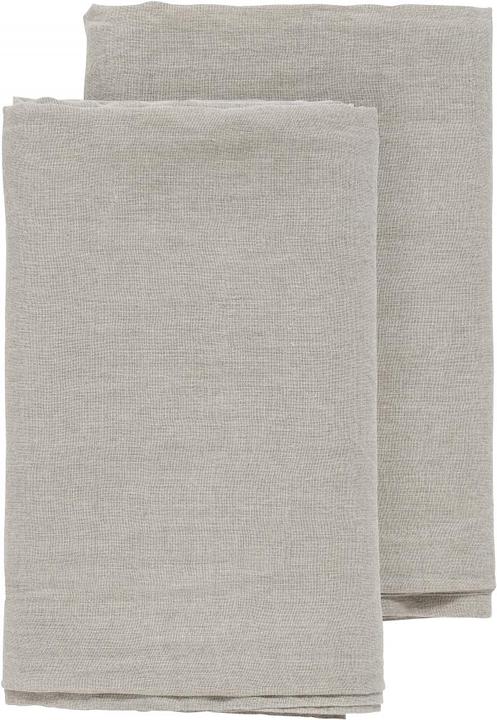

Linen: seeing beyond the creases
Linen has always been and still is a summer fabric that scores points for versatility and drape.
As interior designers, we often recommend that our clients use linen around the home. It’s not just the casual creased look that gets the thumbs up from us. The natural fibres also have practical appeal and make linen a sustainable textile option.
Breathable
Other textiles might go rancid, but not linen with its breathable fibres. In fact, linen is made by spinning the fibres into a fine fabric with hardly any air pockets. This structure makes linen perfect for summer as it absorbs moisture quickly and releases it again. That’s what gives linen such a cooling effect on the skin.
Durable
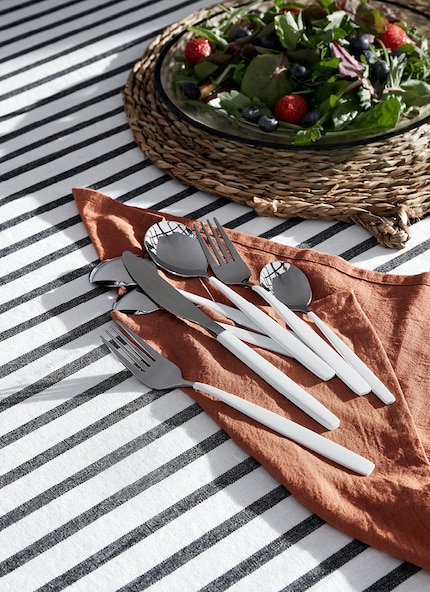
Linen fabric is extracted from linseed, also known as flax, via a complex process. All in all, that means the material isn’t exactly cheap but the good news is, the robust fibres make linen ten times as durable as cotton. In this part of the world, linseed is also grown without pesticides.
Stain-resistant
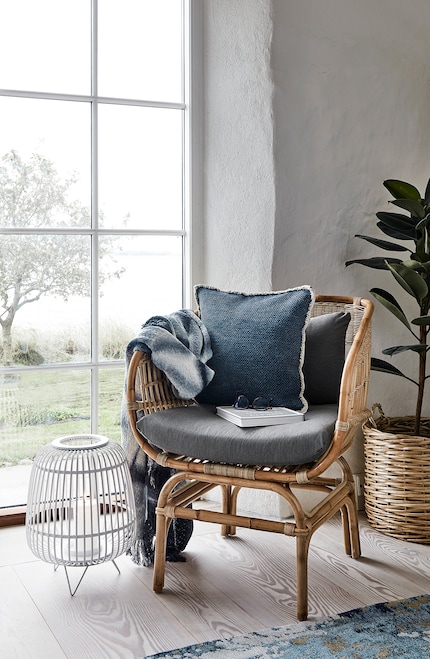
The smooth structure of linen fibres makes linen water-repellent, anti-static and stops it being a place for dirt to accumulate. What’s more, no mites, dust, bacteria or fungi can set up home in the fibres. That’s why linen is such a good fabric choice for curtains and even upholstery.
Tear-proof
This natural fibre is tear-resistant and not stretchy. It’s this lack of elasticity that makes the material crease and crumple faster than traditional satin or cotton fabrics. But equally, it’s thanks to the more coarse structure that you get a kind of micro massage.
Distinctive look
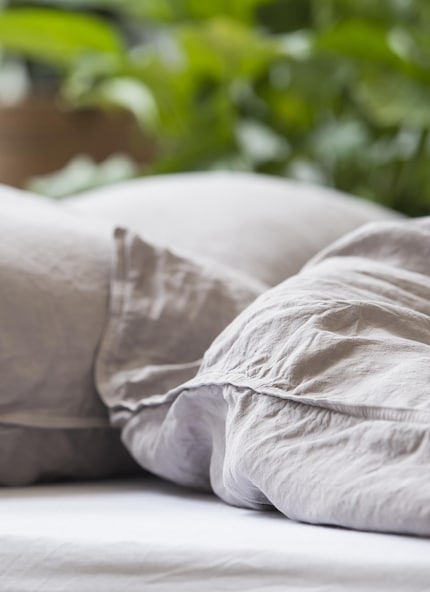
This creased look gives the material its characteristic, natural feel. If you don’t like the style, dry your linen at a low heat in a tumble dryer (don’t overfill it) or ease out the creases while the fabric is still wet. If in doubt, ironing helps. Other textiles might go rancid, but not linen with its breathable fibres. And like a good wine, linen gets better with time. The wrinkling and creasing eases after a few washes and you’ll notice the fabric get softer. Given linen doesn’t adopt colour as much as cotton and synthetic fabrics, linen textiles come in desaturated hues that go with all kinds of design.
Got questions about linen or design? Pop them in the comments below. And if you don’t want to miss any articles on Interiors, follow us by clicking the black button in our profile.
Our shared passion for architecture and interior design inspired us to set up our Interior Design Studio MOOMII. Curious and open-minded, we develop and implement tailor-made architecture and interior design concepts in Switzerland and abroad. We’re fascinated by the challenge of giving a room a soul while creating functional and practical homes. We love creating worlds that evoke and inspire emotions.
Practical solutions for everyday problems with technology, household hacks and much more.
Show all